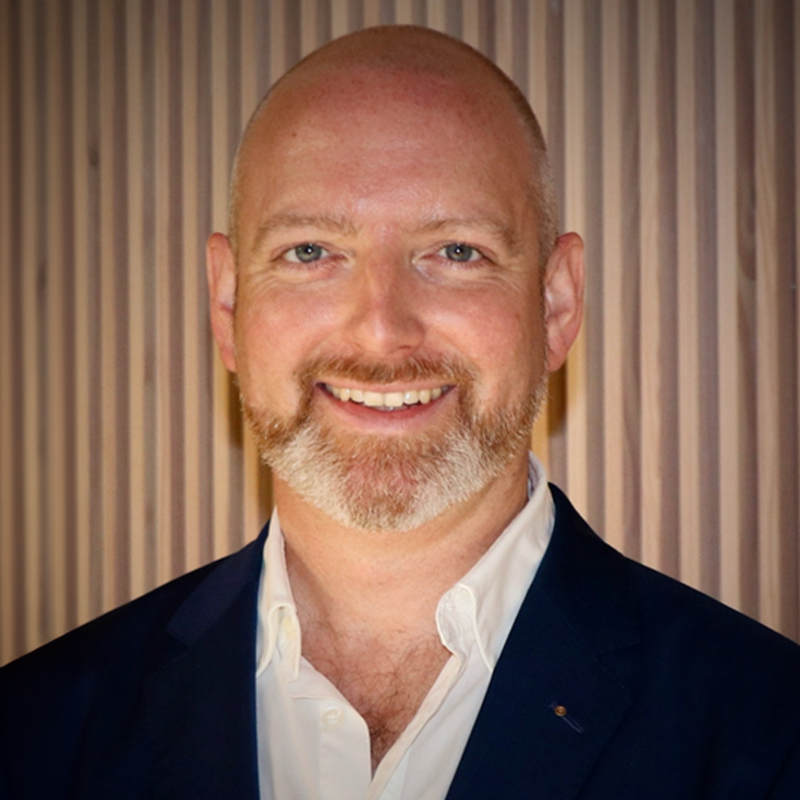
Principal Investigator
Chair for Genome Stability in Ageing and Disease
DNA damage is a causal driver of the aging process. A complex set of genome maintenance mechanisms is essential for human health. We are exploring how the aging organism responds to and maintains its health amid the accumulation of DNA damage during life.
DNA repair is essential for removing a plethora of lesions in the genome. During the aging process, DNA damage accumulates and leads to increased cancer risk and the functional deterioration of cells and tissues. The DNA damage response impinges on virtually all physiological alterations occurring during aging. The complexity of the DNA damage response prompted us to investigate these mechanisms in the nematode C. elegans to explore the cellular and organismal consequences of genome instability.
We are increasingly gaining a more complete picture of the complex regulatory networks with which organisms respond to the invariable build-up of genome damage during aging.
Understanding the fundamentals of the aging process is essential for developing new therapies. DNA damage threatens the integrity of the genome leading to cancer development and promoting the aging process. Schumacher’s team discovered mechanisms that determine the organism’s capacity to repair and respond to DNA damage. His work uncovered how DNA damage leads to age-related pathologies and how it affects genetic inheritance. The ultimate goal is to enhance genome stability in order to develop novel therapies for aging-associated diseases and rare progeroid syndromes.
Prof. Schumacher’s group made several breakthrough discoveries in the field of genome stability. His team established how longevity assurance mechanisms respond to DNA damage and could maintain tissue functioning amid the accumulation of genome damage. This work suggested that there are two distinct strategies of counteracting aging: DNA repair is essential for removing the tens of thousands of lesions occurring in every cell on a daily basis, while longevity assurance mechanisms could raise the threshold of tolerating persistent DNA damage.
Employing the nematode C. elegans as organismal model for studying the physiological consequences of DNA damage, Schumacher pioneered the concept of non cell-autonomous and systemic DNA damage responses. Here, the interaction between the germline and the soma are of particularly importance. Germ cells perpetuate the genetic information indefinitely throughout the generations, while the soma only needs to be maintained for an individual’s lifespan. When DNA damage in germ cells, however, hampers reproduction, the soma responds by elevated stress resistance and augmented tissue maintenance. Consequently, reproductive lifespan is extended thus allowing germ cells to resume offspring generation once the damage is repaired. Vice versa, also the somatic sensing of environmental stress impacts the genome stability control in germ cells. Here, intestinal stress signaling regulates genome quality control of germ cells and consequently impacts the occurrence of aneuploidy in the offspring. DNA repair in germ cells is pivotal for the indefinite maintenance of inheritable genomes. However, there are also mutations occurring in germ cells that are prerequisite for genome evolution but can also result in genetic diseases. His team recently discovered the main source of germline mutations. Paternal DNA damage specifically in mature sperm is only inaccurately repaired in the zygote by maternal polymerase theta mediated endjoining (TMEJ) giving rise to transgenerational inheritance of paternal DNA damage. This results in structural variants that could contribute to disease in the offspring.
Despite the inaccurate repair of paternally inherited DNA damage, germ cells have a far higher DNA repair capacity than the soma. The Schumacher team recently discovered the mechanisms that underlies the limited somatic DNA repair. They showed that the DREAM complex functions as master regulator of somatic DNA repair capacities by repressing the expression of a plethora of DNA repair genes across the distinct repair mechanisms. When DREAM is inhibited, however, those repair genes are induced and confer extraordinary resistance to any type of DNA damage. This mechanism is highly conserved from nematodes to humans and could provide novel therapeutic strategies for enhancing genome maintenance and thus target aging at its root cause: the accumulation of DNA damage during the lifespan.
Professor Schumacher is President of the German Society for DNA Repair (DGDR), co-Director of the Minerva Center of the Biological Mechanisms of Healthy Aging at Bar-Ilan University (IL), and between 2014 and 2020 served as President of the German Society for Aging Research (DGfA). Since 2023, Schumacher is speaker of the DFG Research Unit FOR 5504 on “Physiological causes and consequences of genome instability”. He was awarded with the Eva Luise Köhler Research Prize, the Innovation Prize of the State of North Rhine-Westphalia, the DFG Reinhart Koselleck and European Research Council (ERC) grants, coordinated the FP7 Marie Curie initial training network on chronic DNA damage in aging (CodeAge) and served on several editorial boards.
Similar to the human model, the nematode model shows that DNA damage triggers functional deterioration including progressive neurodegeneration with aging. We are investigating the systemic response mechanisms to genome instability. Somatic tissues increasingly deteriorate with aging, while germ cells indefinitely perpetuate the genetic information. We uncovered regulatory inputs from the soma that regulate the DNA damage response in germ cells and thus the maintenance of heritable genomes.
The DNA damage response impinges on a wide range of physiological mechanisms during aging. We are studying the interaction of the distinct DNA repair mechanisms, how epigenetic regulators link DNA repair with the variety of physiological processes that maintain cellular homeostasis, and how distinct tissue types coordinate their response to genome damage.
The understanding of the mechanisms distinguishing the mortal soma and the immortal germline and how they interact with each other will provide new conceptual advances into the fundamental mechanisms of aging and also provide new intervention targets to promote healthy aging.

Principal Investigator
Chair for Genome Stability in Ageing and Disease